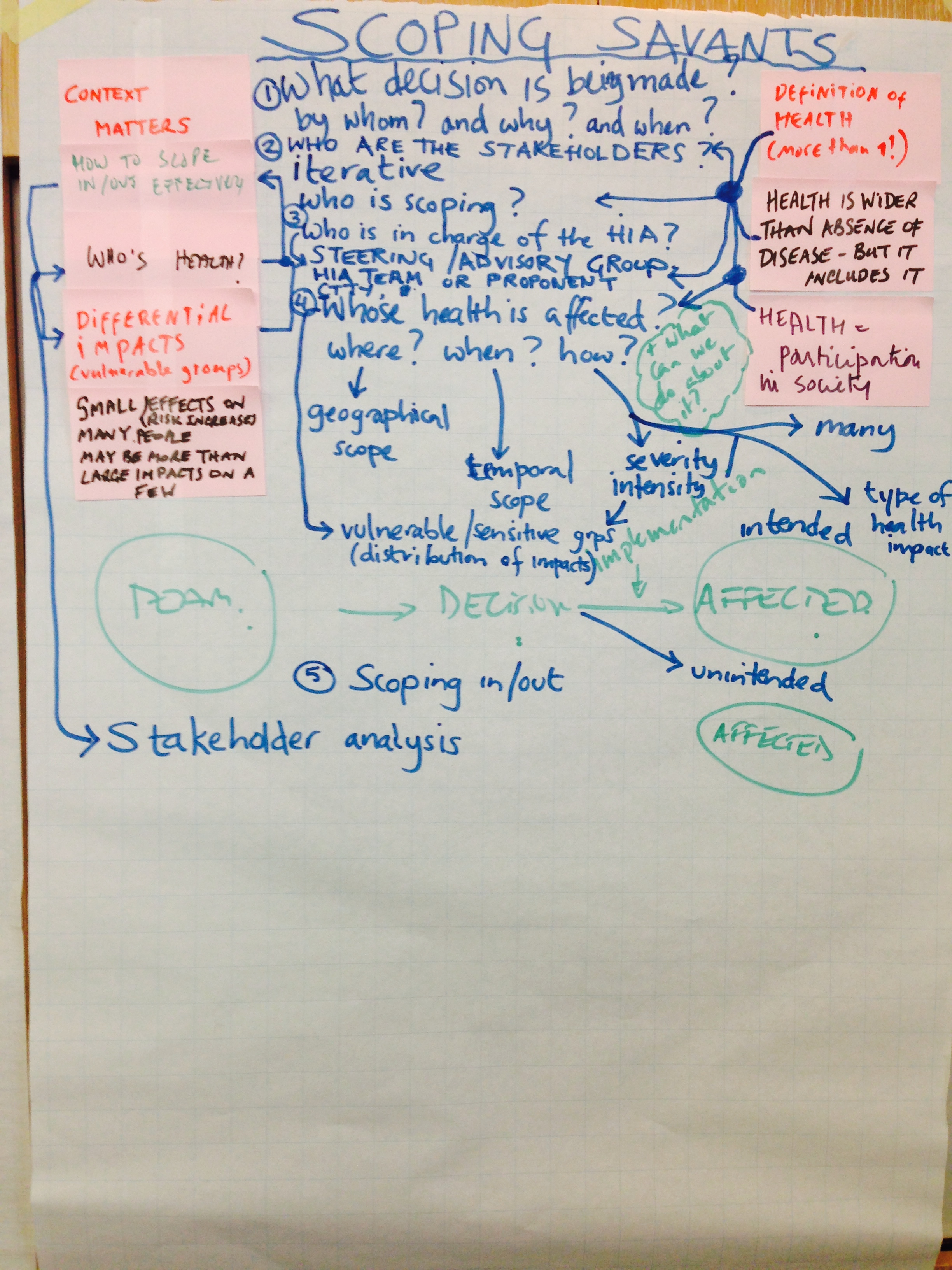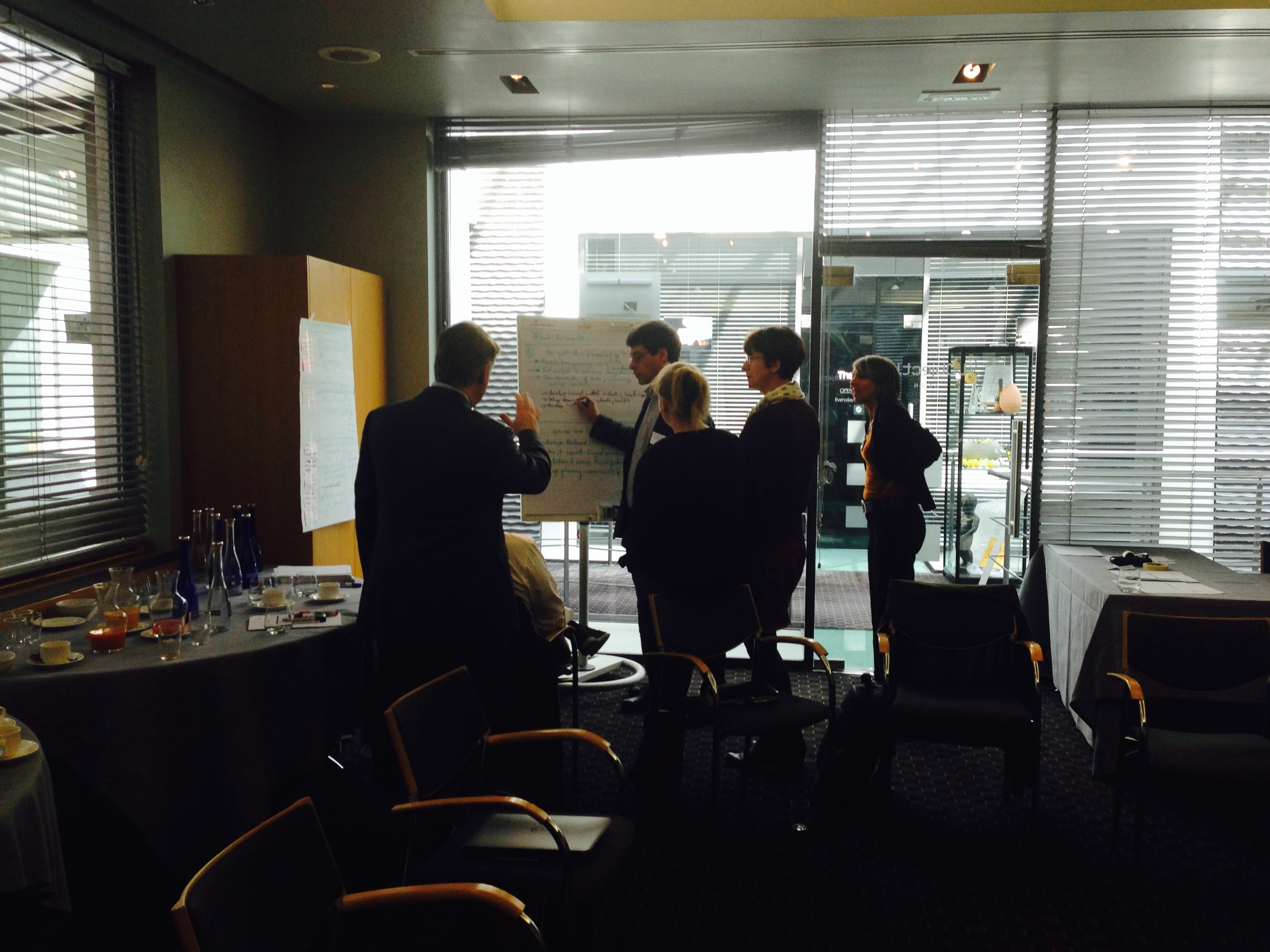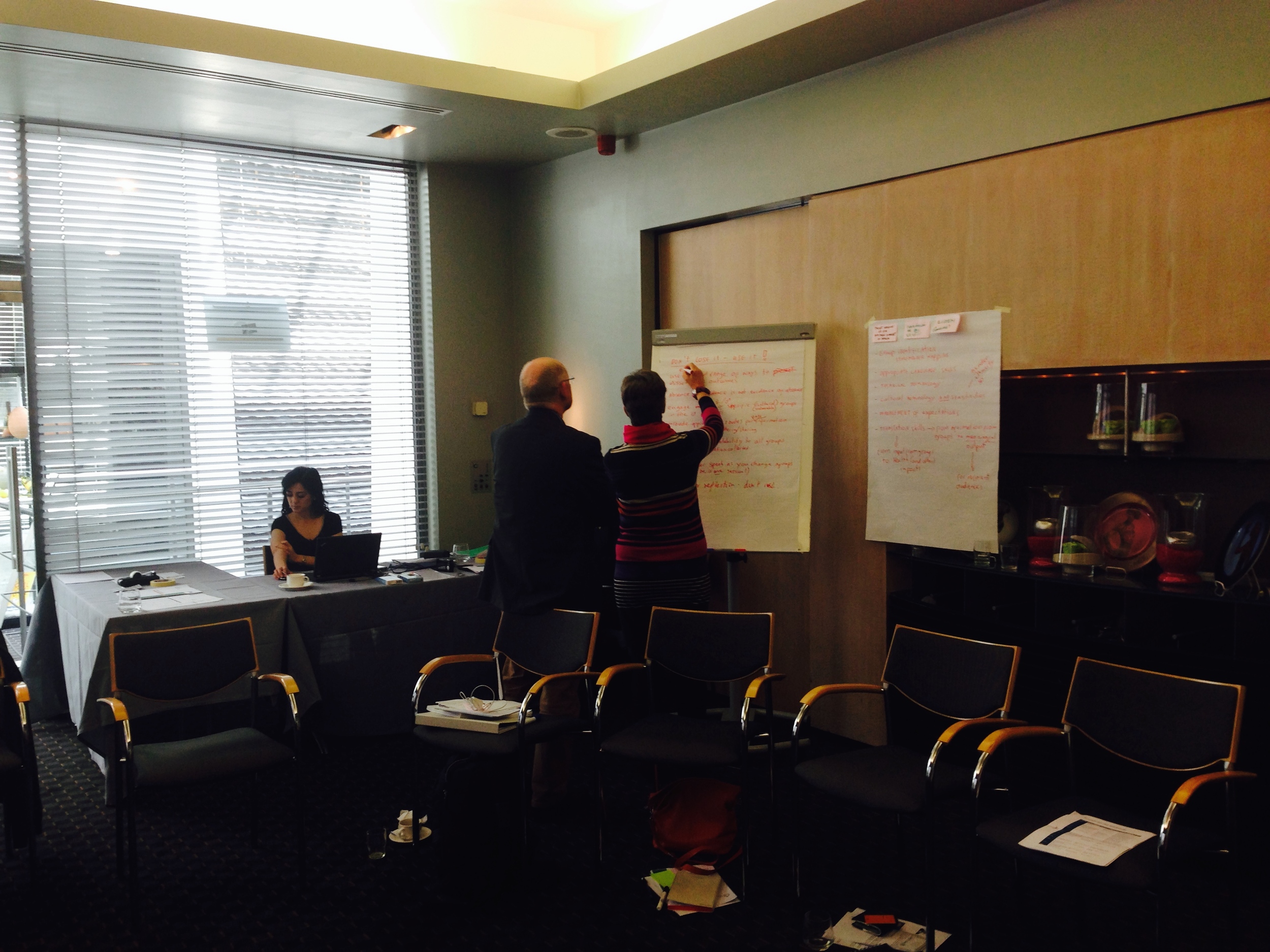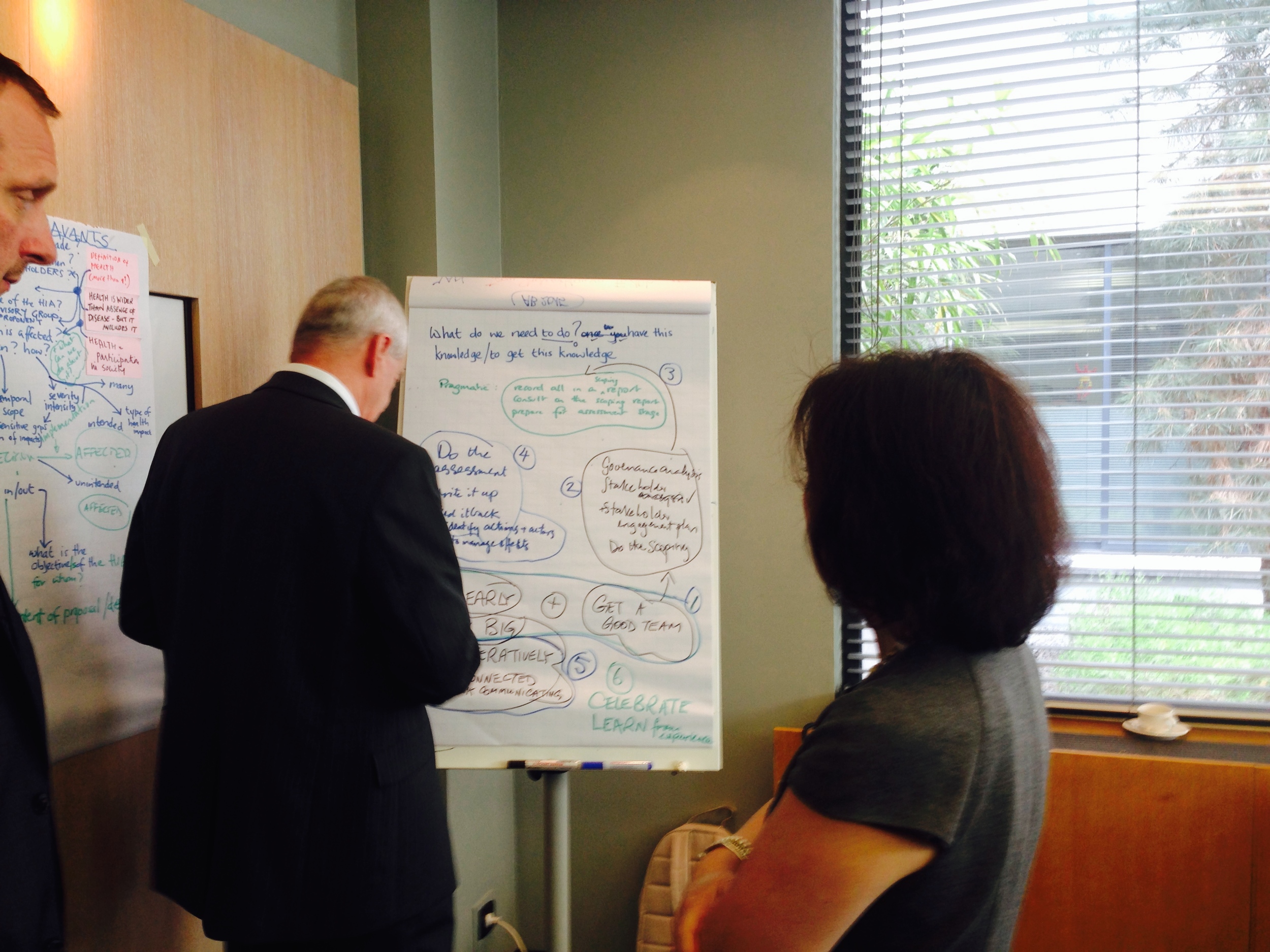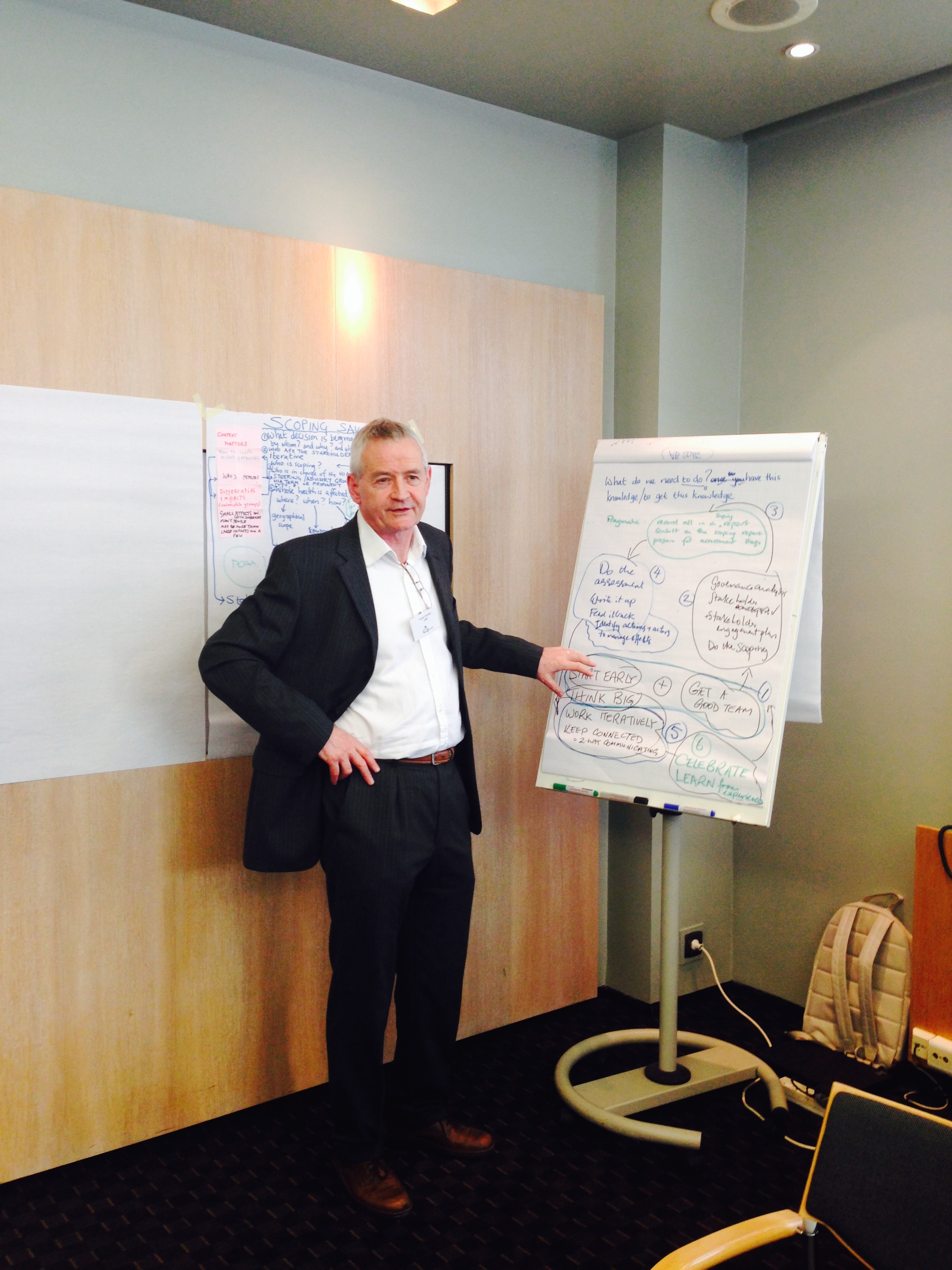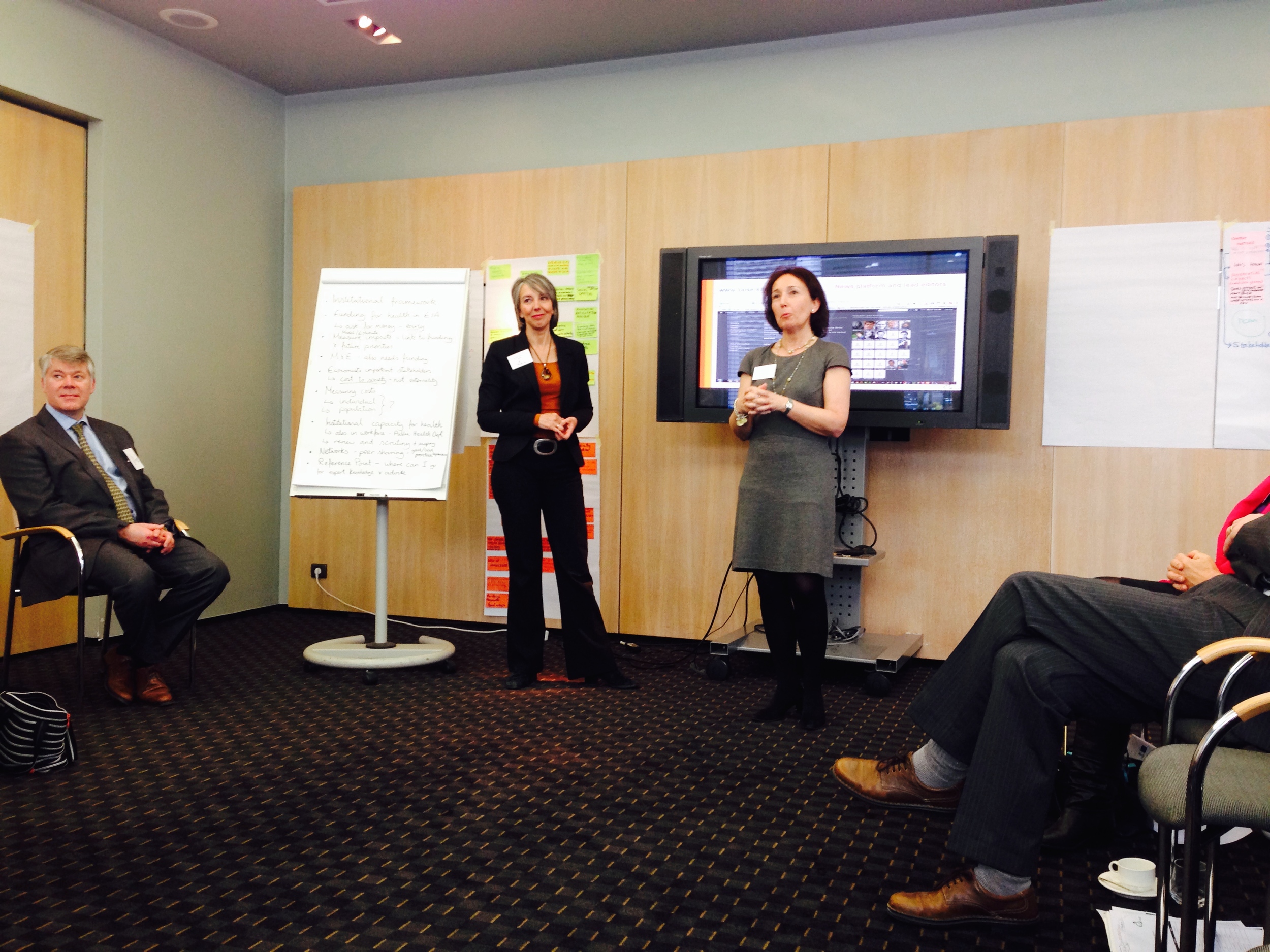Projects & Clients
Clients
AECOM | AMAR | Anglo American, | Aramco | ARUP | Asian Development Bank, | Atkins (now part of SNC Lavalin) | BirleyHIA | Boston Metropolitan Area Planning Council | BG Group (now part of Shell) | Bristol University | Cranfield University | Cuadrilla Resources | Daniel Black + Associates | Drax | Ecosativa | Eni | ESF Consultants | Galliard Homes | High Speed 2 (HS2) | Highways England (now National Highways) | Hillingdon Council | Homes and Communities Agency (now Homes England) | Horizon Nuclear Power | IEH Consulting | Imperial College | JGP Consultancy | Júlio de Jesus Consultants | Kenya Government, Ministry of Petroleum and Mining | KPMG | London Luton Airport | Ma’aden | Marshall Group | Medilink International | Northern Ireland Roads Service (now part of Department for Infrastructure) | North London Waste Authority | Peter Brett Associates (now part of Stantec) | Redrow | RINA | Royal Haskoning DHV | RSK | SmithsonHill | Staffordshire University | Shell | Swiss TPH | Synergy | Target Malaria | Terence O’Rourke | TEP | Thames Water | Trafford Council | Transport for London | University of New South Wales | URS (now part of AECOM) | Wood | World Bank | World Health Organization
Highlight Project
HIA Knowledge Transfer, Capacity Building, Organisational Embedding,
Training, Case Study, Guidance and Tool Development, and Policy and Practice Consensus Building
Client: Asian Development Bank
Strengthen health impact assessment (HIA) in large infrastructure projects in malaria endemic areas, particularly in border areas of the Greater Mekong Sub-region (GMS), whether ADB-financed infrastructure projects and private sector financed projects. Enable the sub-region to benefit from ADB's convening power, interdisciplinary approaches to regional health governance, and the ability to combine scientific evidence and technical knowledge with infrastructure investment policies and development finance.
Key outcomes of the project:
Strengthening the Bank's HIA tools, applications and project screening.
Strengthening and supporting the policy dialogue on HIA in the GMS in public, private and voluntary sectors.
Working with infrastructure project owners (the Bank and private sector) to develop, in collaboration with civil society organizations (CSOs), malaria screening and treatment activities linked with workers and communities involved in infrastructure projects.
The project worked in five of the Developing Member Countries (DMCs) in the GMS: Myanmar, Thailand, Lao PDR, Viet Nam and Cambodia.
The Vision
In November 2014, the Asian Development Bank (ADB) initiated a groundbreaking project: The Results for Malaria Elimination and Communicable Diseases Control (RECAP) in the Asia Pacific. This ambitious endeavor aimed to empower countries across the region, giving them the tools and support to combat malaria and other communicable diseases effectively.
Strategic Approach
Adopting a comprehensive health systems strengthening framework, RECAP pivoted on malaria as its cornerstone. The project identified four critical pillars of success:
Securing Sustainable Financing: Ensuring long-term funding to support ongoing malaria prevention and elimination efforts.
Enhancing Cooperation: Collaborating to ensure malaria drug affordability, efficacy, and the fight against drug resistance.
Data-Driven Decision Making: Using evidence-based data for effective national and regional level malaria strategy formulation.
Broadening Health Leadership and Action: Integrating health benefits into infrastructure projects and mitigating any potential health risks. This included those from malaria spread and transmission because of the construction, operation and decommissioning of development projects. Thereby expanding the consideration of community health to other stakeholders beyond the health sector.
Zooming in on Pillar Four:
This part of the initiative involved: a. The development of best practices through four pilot Health Impact Assessments (HIA) of infrastructure projects in the Mekong subregion. b. The creation of HIA tools and guidelines to augment regulatory systems throughout project lifecycles. c. Boosting regional capabilities via learning materials, training curriculums, and sustainable HIA training infrastructure. d. Advocacy and networking efforts to foster a regional HIA ecosystem comprising businesses, consultants, NGOs, academia, and other stakeholders.
Team and Execution
A dedicated team of consultant-experts, the ADB’s HIA Advisory Group, spearheaded the fourth pillar. Their mission was clear: create a regional strategy tailored to individual country needs. They aimed to harmonize HIA policy in light of the growing number of trans-boundary projects, amplify peer-to-peer learning opportunities, showcase tangible outcomes, and liaise with international partners to ensure unified HIA methodologies.
The Outcome
Through RECAP, ADB has not only set the groundwork for a healthier Asia-Pacific but has also pioneered a model that can be replicated and scaled across other regions. This case study stands as a testament to what visionary thinking, combined with strategic execution, can achieve.



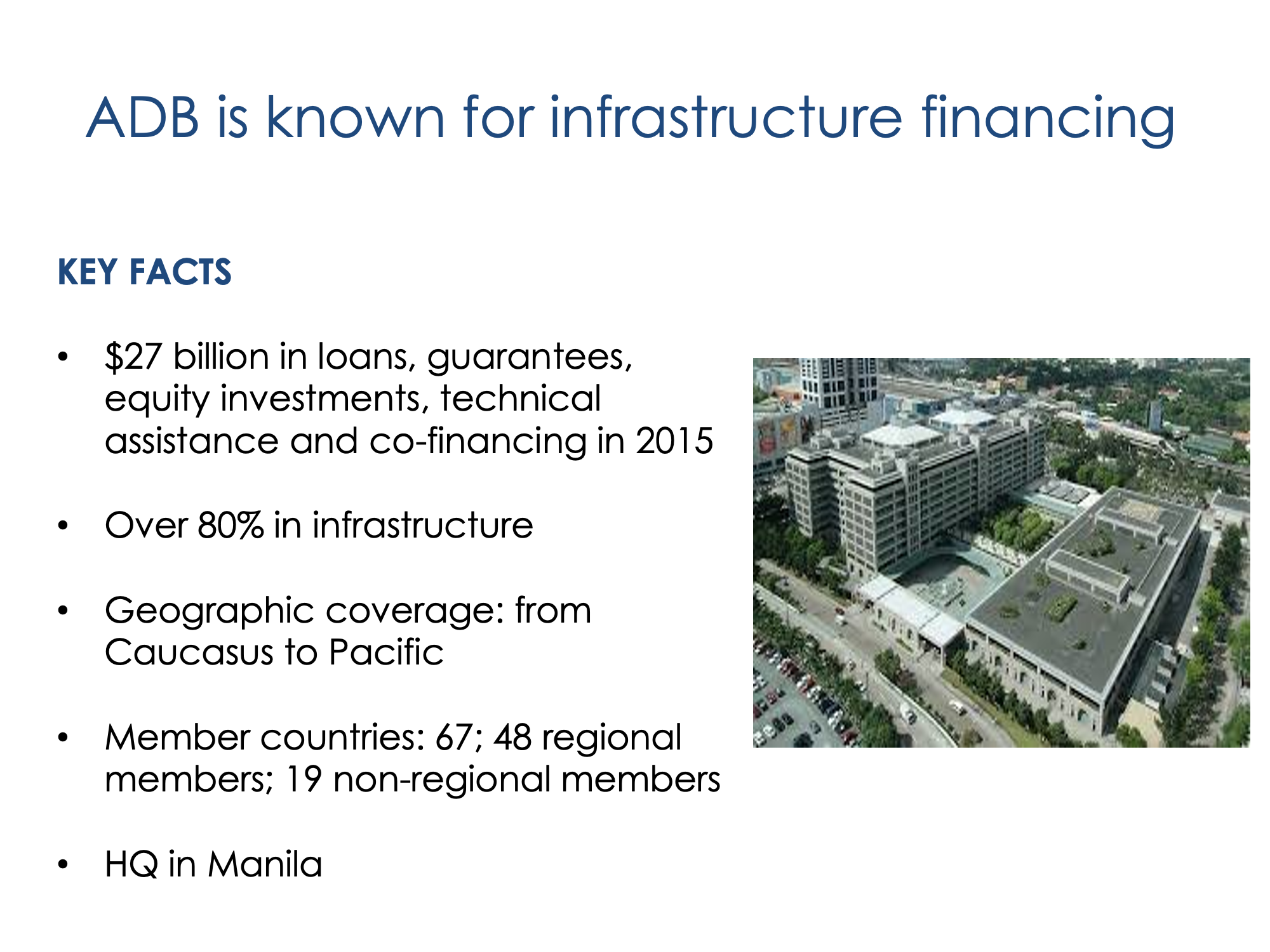





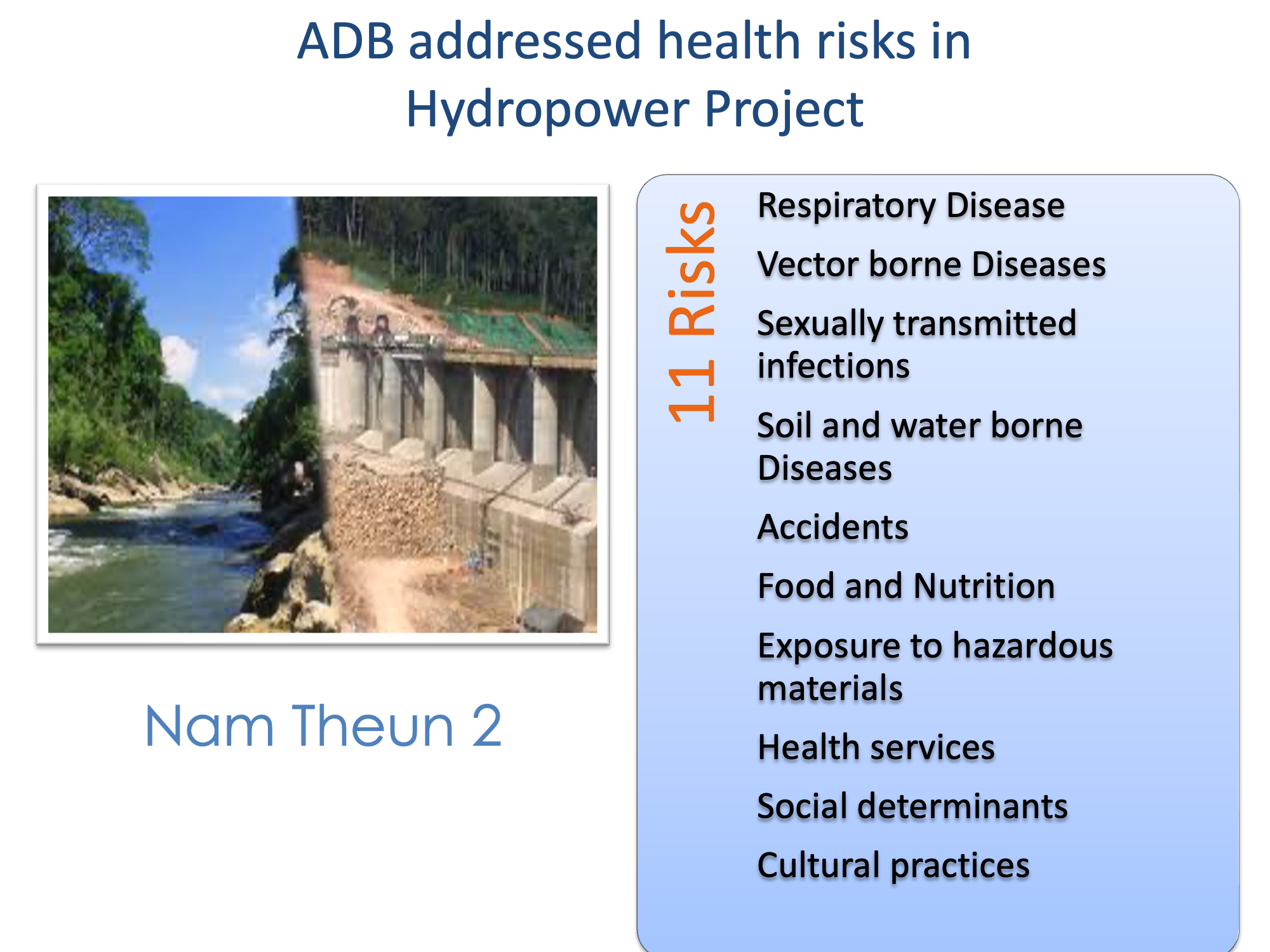
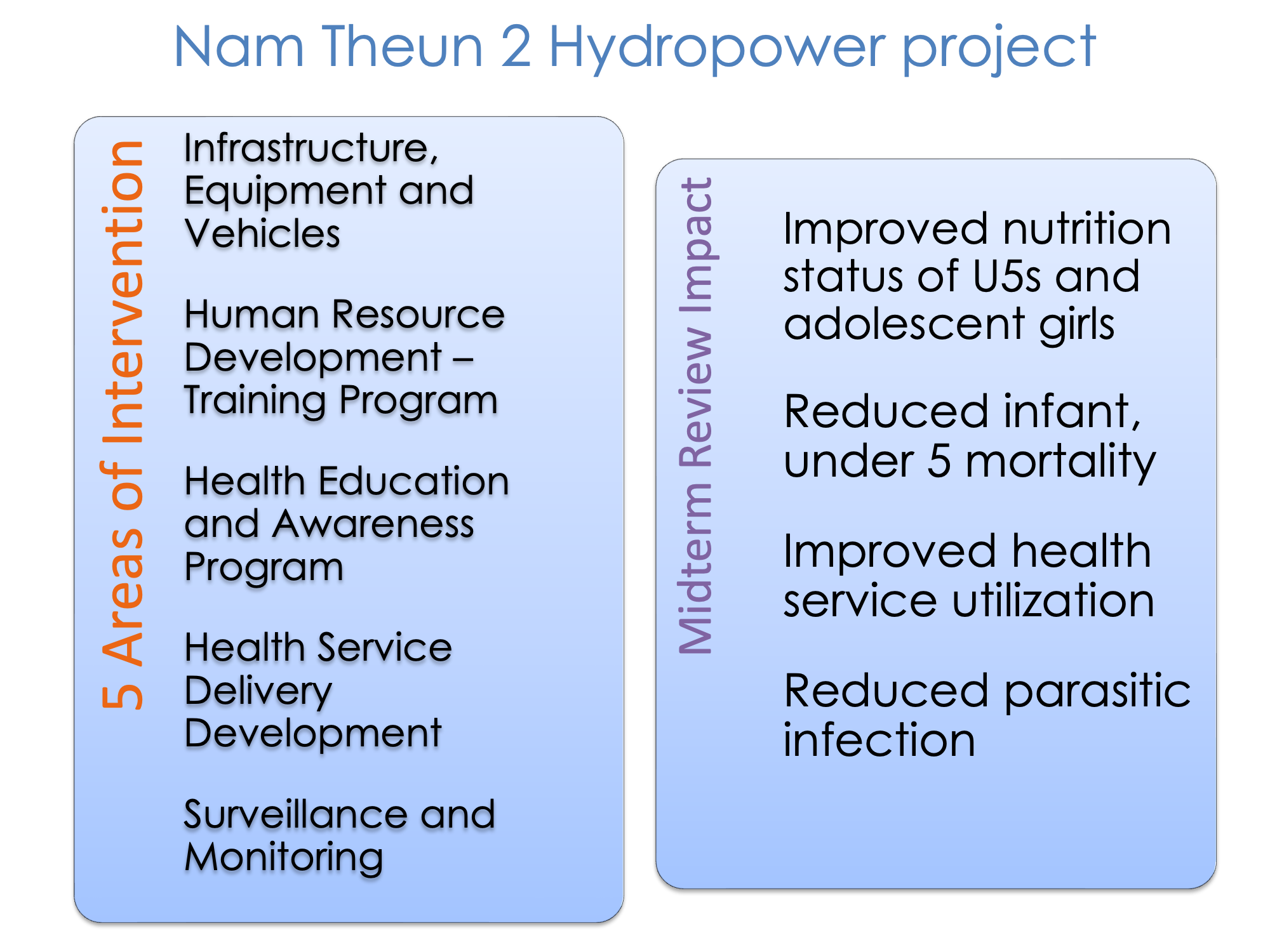


















Projects
Airport
Heathrow Western Hub Preliminary Environmental Information Report
Client: Arora Holdings, 2020
Partner: Royal Haskoning
Led the Health Component of a Preliminary Environmental Information Report (PEIR) on the potential effects of the Heathrow West Project during the construction and operational phases.
Luton Airport Increase in Passenger Numbers and Noise Variation Environmental Statement
Client: Luton Airport, England, 2018-2020
Partner: Wood Group
The aim of the health assessment was two-fold:
To conduct a qualitative and, if data are available, appropriate quantitative health assessment of the potential positive and negative health and wellbeing impacts of the proposed variation to noise contours compared to the 2012 baseline or other defined counterfactual.
To consider, where appropriate, mitigation and enhancement measures to maximise the positive and minimise the potential negatives.
Capacity Building
Enabling the implementation of HIA in Portugal
Client: Government of Portugal, Directorate-General of Health, 2019
The overall objective of the event is to further raise awareness on the importance of the work among the different stakeholders to support the implementation of HIA and the health assessment in environmental assessments in Portugal through:
Showcasing the three HIA pilot case studies
Presenting the roadmap for HIA implementation in Portugal; and
Discussing the possibilities for HIA implementation through a policy dialogue with representatives of different sectors and institutions.
Evaluation
Evaluation of the Health Impact Assessment of a Proposed Natural Gas Compressor Station in Weymouth, MA
Client: Boston Metropolitan Area Planning Council, Massachusetts, USA, 2019
The evaluation was part of the MAPC’s commitment to the quality improvement of their HIA and health in all policies practice. A key aim of this evaluation is to further strengthen the process and reporting of future HIAs by learning lessons from what was adequately covered, and what could have been strengthened, in the HIA report and process. The evaluation was undertaken using a review framework that was specifically developed as part of this evaluation.
Equity Focused Review
of the Airport Commision's Community Health Relevant Assessments
Client : London Borough of Hillingdon, UK, 2015
The aim of the Review was to review the Airports Commission’s Appraisal Framework, published in April 2014, and the completed community health-relevant Assessments, published in November 2014, from a health equity perspective i.e. using a “health equity lens”.
Overall, the Airports Commission’s Assessments would have benefited from a further detailed assessment of health and health equity impacts of each potential new scheme through a separate Health Impact Assessment (HIA) that sits alongside and synthesises the findings of the suite of health-relevant assessments (including the Quality of Life Assessment) undertaken by the Airports Commission.
The recommendations identified in this Review Report, if undertaken, are likely to improve the quality of the analysis, in regard to the health and wellbeing impacts, of the existing suite of Assessments undertaken by the Airports Commission.
Housing
Daresbury Garden Village, Halton Outline Planning Application Health Impact Assessment
Client : Redrow Homes, UK, 2014
The HIA assessed the potential health and wellbeing impacts of the this 550 home mixed residential development.
The development was made up of t wo areas of residential development comprising up to 550 houses on approximately 28 hectares of land; a network of open spaces for nature conservation, recreation and surface water management including public open spaces to serve the residential areas; walking and cycling routes and expansion of the greenway network; a local centre up to 3,000 sqm of Use Classes A1, A2, A3, A4, A5 and D1; commercial/office/research development up to 15,000 sqm alongside the Bridgewater Canal; new junction improvements to the A558 as part of the main road access; downgrading and realignment of Keckwick Lane to pedestrian and cycle access only and downgrading of existing railway underbridge on Keckwick Lane to bus/emergency/pedestrians/cycle route, controlled by signalling; and closure of Delph Lane south of the Chester-Manchester rail line.
Millharbour Village, Tower Hamlets, London, Mixed Use Residential Development Full Application Health Impact Assessment
Client : Millharbour LLP, England, 2014
The HIA assessed the potential health and wellbeing impacts of the Millharbour Village Masterplan Application. The Millharbour Village proposal involves a comprehensive redevelopment of the Site, removing the existing buildings to deliver a scheme consisting of residential units (1500 homes), cafes and restaurants and new educational facilities to facilitate the relocation of the existing Montessori School and Lanterns School, as appropriate, as well as a new state-maintained primary school. The proposal represents the next step in the development of the Millennium Quarter helping to meet the local and regional strategic objectives of the Site by delivering a residential led high-density mixed use development, rooted in the principles of sustainability.
Masterplan and Spatial Planning
Framework for Mainstreaming Health Impact Assessment
and Healthy and Age-Friendly City Action and Management Planning for Cities, Projects, and Master Plans
Client: Asian Development Bank, PRC, 2019-2020
Coordinate and lead the development ADB Policy Brief and an ADB Blog article on a Framework for Mainstreaming Healthy and Age Friendly City Action and Management Plan for Cities, Projects and Masterplans, focusing on the People’s Republic of China (PRC).
Mining
Expert Guidance, Advice and Capacity Building for Mining Health Impact Assessments
Client: Anglo-American, Global, 2020-2022
Supported the development of Community Health and Safety (CHS) Management guidance, build awareness and capacity across the organisation across Latin America, Canada, Australia and Southern Africa.
Piloting a new WHO framework to support the development of public health strategies on artisanal and small-scale gold mining in Mozambique
Client: World Health Organization, 2019
Partner: Swiss Tropical Public Health Institute
Swiss TPH with PHD performed studies piloting a new WHO framework to support the development of public health strategies on artisanal and small-scale gold mining in Mozambique.
This included field studies in Mozambique as well as organising workshops and co-authoring consultation materials as well as the final country report. This was then developed into formal guidance.
Oil and Gas Development
Health Impact Assessment Guidelines for the Petroleum Sector in Kenya
Funder: World Bank
Client: Government of Kenya, Ministry of Petroleum and Mining, Ministry of Health, 2019-2021
Partner: ESF Consultants
The Health Impact Assessment (HIA) guidelines were developed under the World Bank Kenya Petroleum Technical Assistance Project (KEPTAP). KEPTAP aimed to improve the capacity of the Government of Kenya to manage the petroleum sector in a sustainable way that meets the socio-economic, environmental and health needs of current and future generations in Kenya.
The HIA guidelines are focused on ensuring that community health and wellbeing are protected and enhanced during the whole lifecycle of petroleum sector development projects, from project design, planning and construction to operation and decommissioning.
The target audience for the guidelines are petroleum sector project proponents and their impact assessment teams, government agencies, public health and healthcare professionals, and communities.
El Borma Field Produced Water Treatment Plant
Client: Eni, Tunisia, 2020
Partner: RINA
Led the Health Component of the Environmental, Social and Health Impact Assessment of a Produced Water Treatment Plant for a 50 year old oil and gas field.
Aramco Health Impact Assessment Awareness Training
Client: Aramco, 2014
Partner: BirleyHIA
Provided a 3 day HIA awareness training course with Martin Birley of Birley HIA. This was on-site in Saudi Arabia for 15 Aramco staff.
Research
Health in Environmental Impact Assessment Workshop
Partner: LIAISE, Brussels, 2014
The workshop invited participants to discuss the current definition and understanding of ‘Health’ in Environmental Impact Assessments (EIA) being undertaken in the European Union to see if there was any room for improvement in order to enhance the impact on European citizens human health.
Strategic Analysis
Public Health/HIA focused comments
on World Bank's Review and Update of the World Bank Safeguard Policies
Consultation: World Bank, 2015
The World Bank has recently closed its consultation on its programme to review and update its safeguard policies. This included its environmental and social framework and performance standards.
PhD have commented on the Framework, Vision, Policy and Environmental and Social Standard 1 (ESS1): Assessment and Management of Environmental and Social Risks and Impacts and Environmental and Social Standard 4 (ESS4): Community Health and Safety.
Transport
Health-related Impact of the A1 Beech Hill to Cloghogue Dualling Scheme on Cuan Mhuire, Armagh Road, Newry
Client: Northern Ireland Roads Service (NIRS), 2013
Partner: John Kemm
Independent expert view on the likely health and wellbeing impacts on the users and residents of an alcohol and drug residential rehabilitation centre in Newry, run by Cuan Mhuire (CM) during the construction and operation of a new road scheme (A1 Beech Hill to Cloghogue dualling).
Water
Thames Tideway HIA Expert Advice and Peer Review
Provided support during the assessment of the health and wellbeing impacts.































